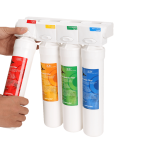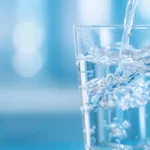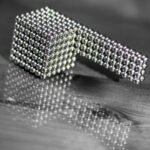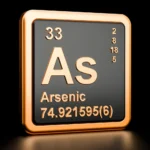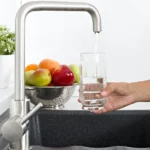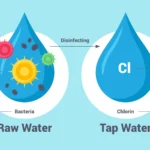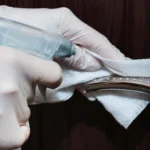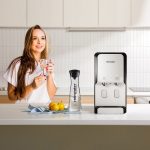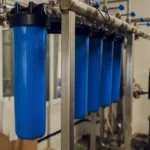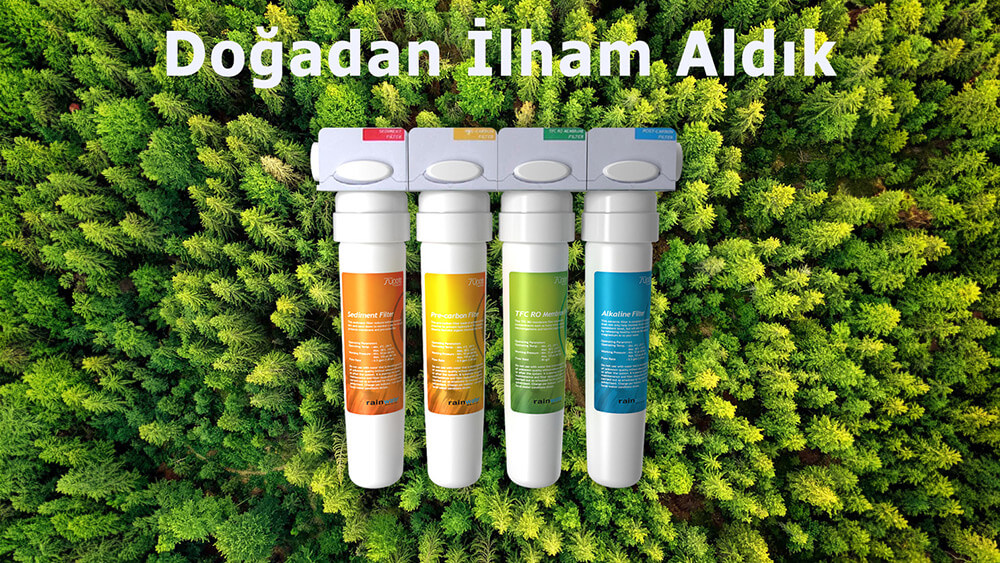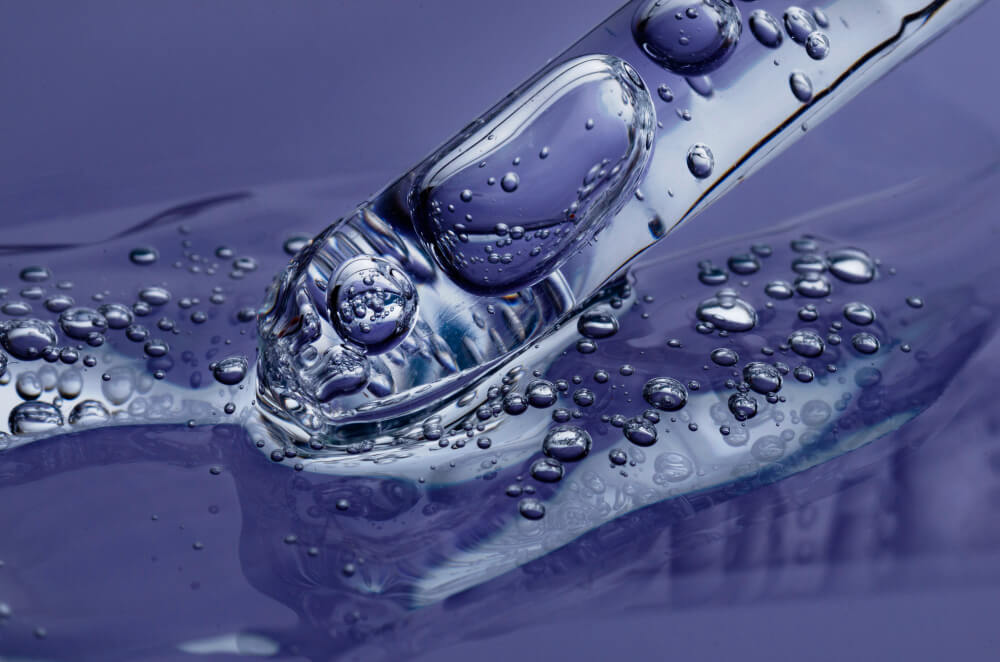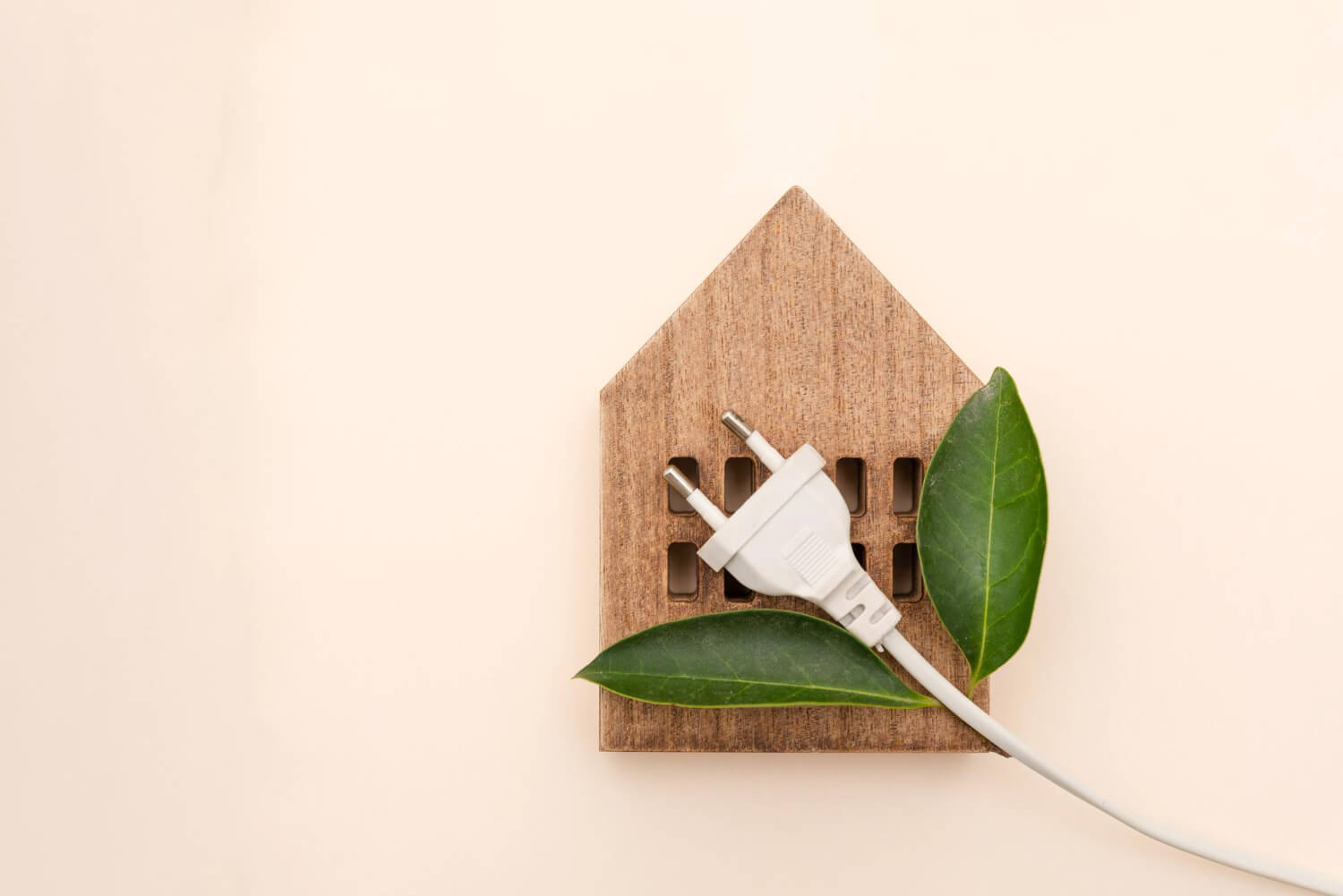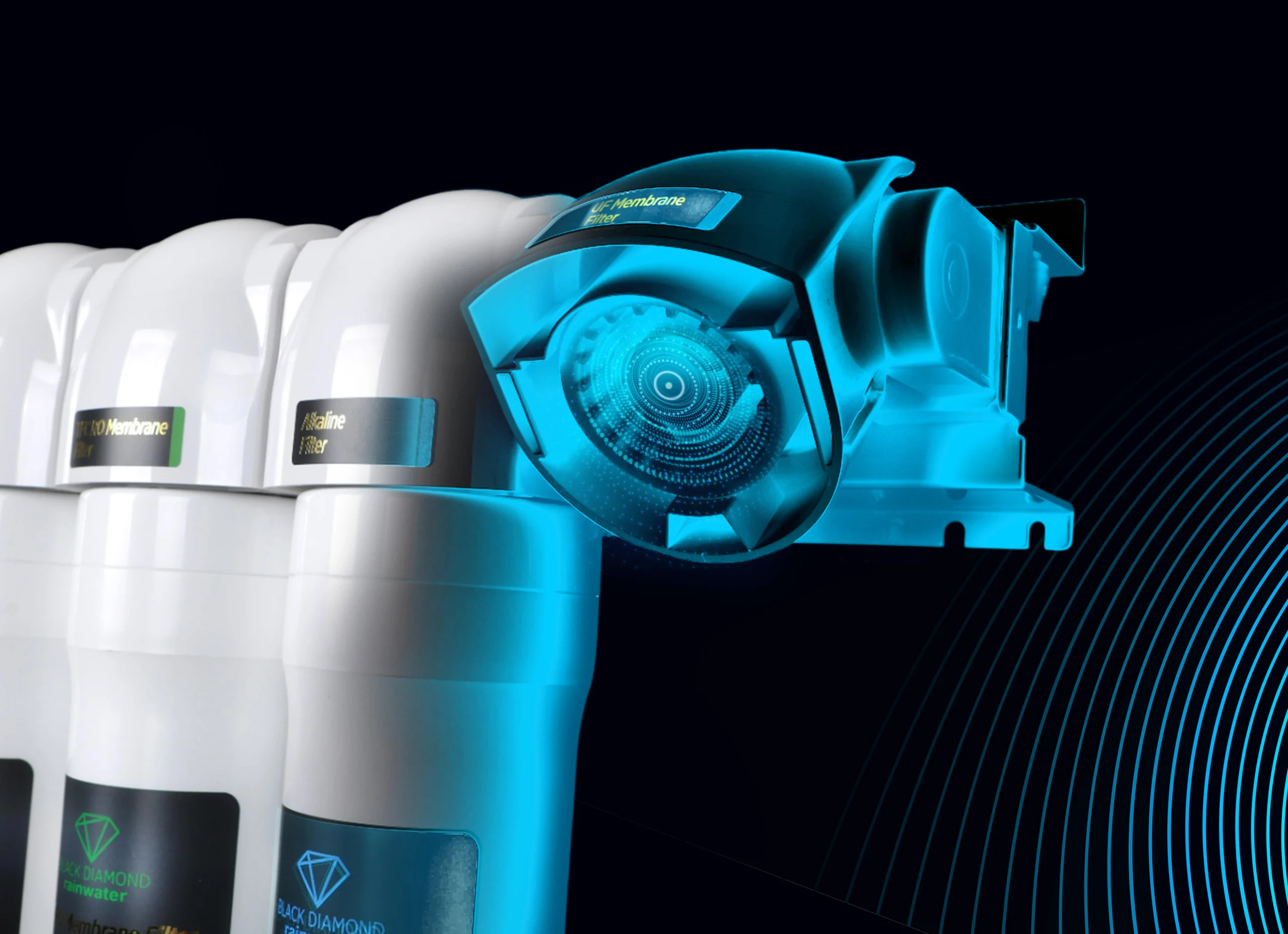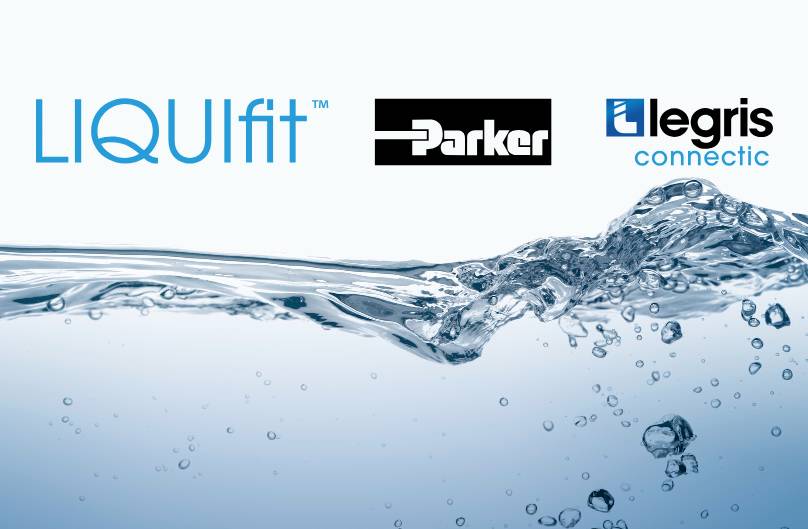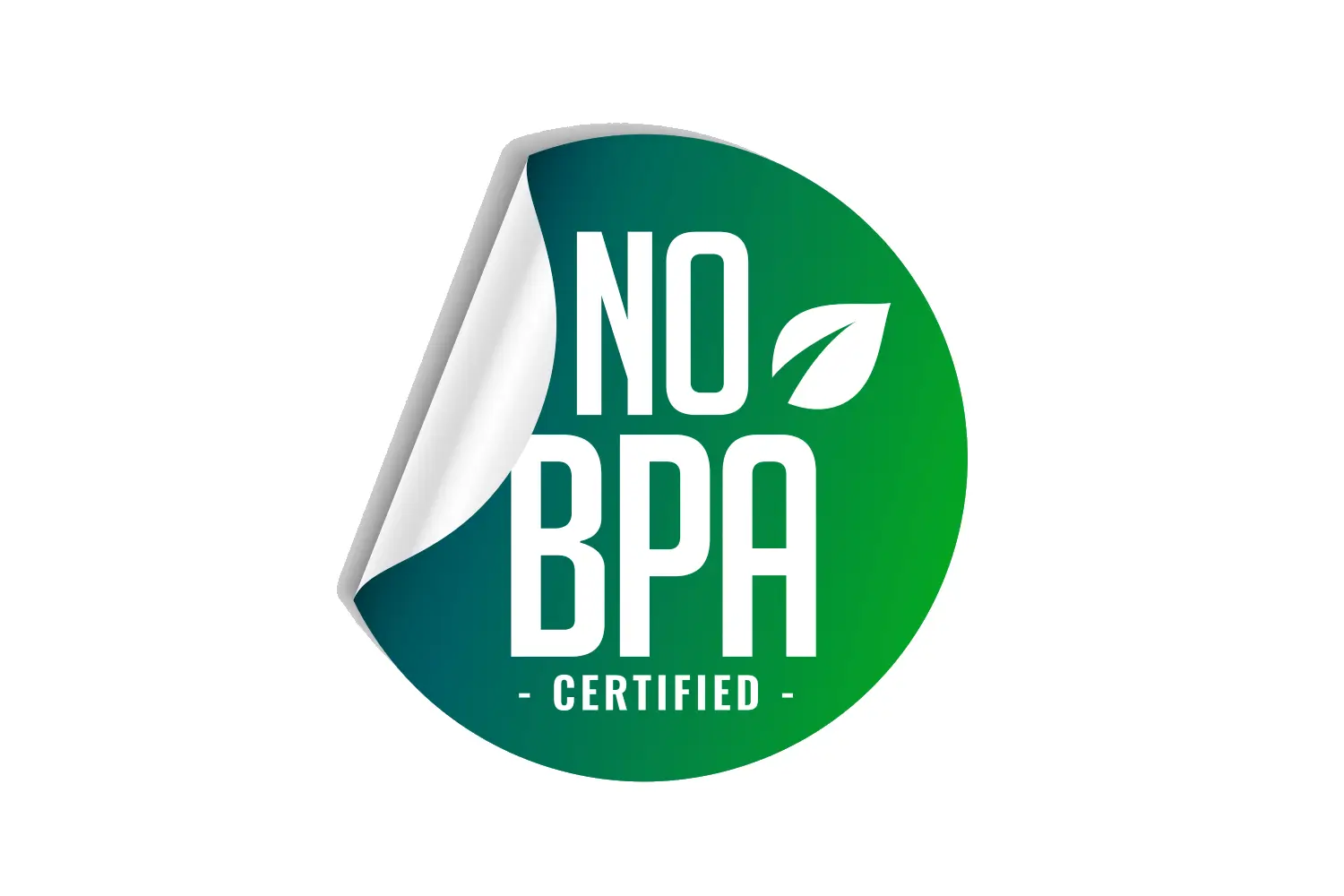Kettle is one of the most frequently used electrical appliances in kitchens today. Thanks to its ability to boil water in a short time, it is indispensable for tea, coffee or recipes that require hot water. However, one of the biggest problems of this practical device is the accumulation of lime on the inner surface with regular use. Limescale not only adversely affects the appearance of the appliance, but also increases the boiling time of the water, increases energy consumption and changes the taste of the water.
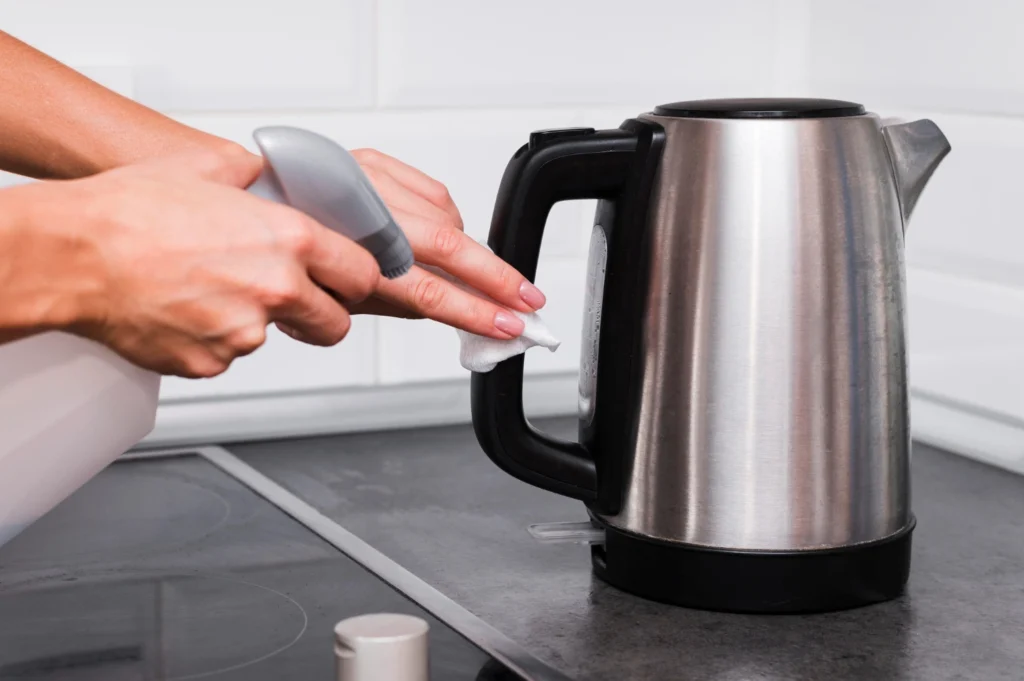
Untimely cleaning may shorten the life of the device and may adversely affect health. When kettle lime cleaning is done at regular intervals, both the device will be long-lasting and the quality of the drinking water is maintained.
Why does limescale form in the kettle?
The main cause of lime formation in the kettle is the hardness of the water used. Hard water contains high levels of calcium and magnesium minerals. When the water is boiled, these minerals precipitate and adhere to the inner surface and bottom of the kettle. This accumulation thickens over time and turns into a white or yellowish layer.
Depending on the source of the water used, the calcification rate may vary. In regions with high hardness in the city network, the kettle calcifies in a much shorter time. In addition, keeping the water in the kettle for a long time, frequent use of the device and regular cleaning accelerates the formation of lime. To prevent this problem to use quality water purification filters is an effective solution.
Is Kettle Lime Harmful to Health?
The lime formed in the kettle is chemically calcium carbonate and is not a directly toxic substance. However, consuming calcareous water for a long time may cause some health problems. Continuous consumption of water with high mineral content increases the risk factor, especially in people prone to kidney stone formation. It may cause stomach and digestive problems in some sensitive bodies. In addition, the taste of calcareous water becomes different and an unpleasant taste appears in tea and coffee. White coatings may form on the tea or the flavour of the coffee may be impaired.
In terms of hygiene, the lime layer becomes a surface on which bacteria and microorganisms can adhere over time. For this reason, in order to obtain healthy and clean water, the answer to the question “How to clean the kettle from lime?” should be learnt and put into practice at regular intervals.
Kettle Limescale Removal Methods
Limescale layers in the kettle can be cleaned with various natural methods. These methods are both safe and economical. Chemical-containing products can damage the metal surface of the device and pose a risk to health. Cleaning with natural materials that are easily available at home both extends the life of the device and keeps the water healthier.
Lemon and Vinegar Method
Lemon and vinegar are one of the most effective natural ingredients for descaling thanks to their acidic nature. When a mixture of water and vinegar is added to the kettle and boiled, the lime layers begin to dissolve. Adding lemon slices helps to dissolve the lime more easily and removes bad odours. After boiling and waiting, the kettle is rinsed several times with clean water and made ready for use. This method is especially effective for moderate calcification.
Apple Cider Vinegar Method
Apple cider vinegar, like white vinegar, is acidic and dissolves limescale. When the mixture of water and apple cider vinegar is boiled in the kettle, the lime layers soften and are easily cleaned. A slight fruity odour may remain when using apple cider vinegar. For this reason, the kettle must be boiled with clean water several times after the process. Apple cider vinegar method is one of the preferred practical solutions with its natural structure.
Kettle Cleaning Using Lemon Salt
Lemon salt is extremely effective in descaling thanks to its citric acid content. When a few spoons of lemon salt added to the water is boiled, even thick layers of lime in the kettle begin to dissolve. After the waiting period, the device is emptied and rinsed with plenty of water. Lemon salt is a powerful method preferred especially in kettles that have not been cleaned for a long time and whose bottom is completely covered with lime.
Limescale Removal Using Baking Soda
Baking soda is a milder but effective descaling agent. When added to water and boiled, it softens the limescale layer and removes bad odours. When used regularly, it also slows down the formation of thick lime layers on the inner surface of the kettle. Thanks to the light structure of baking soda, cleaning can be done without damaging the surface of the device.
Vinegar – Salt Method
The combination of vinegar and salt has a stronger effect on limescale. The acidic properties of vinegar combined with the abrasive effect of salt dissolve even stubborn layers of limescale. After boiling the mixture and letting it stand for a while, the appliance should be drained and rinsed with plenty of water. This method is an effective solution for kettles that have not been cleaned for a long time.
How to Prevent Limescale Formation in Kettle?
It is not possible to completely prevent limescale formation in the kettle. Because the mineral structure of boiled water cannot be changed. However, it is possible to slow down this process with some measures. If drinking water or purified water with low mineral content is preferred, calcification occurs later.
After using the kettle, water should not be left inside and must be emptied. The appliance should be cleaned briefly on a weekly basis and when not in use for a long time, the lid should be left open to allow the inside to dry. These simple habits will prolong the life of the kettle and minimise limescale formation.
What are the Things to Consider in Kettle Cleaning?
Kettle cleaning is of great importance not only for an aesthetic appearance but also for hygiene and long-lasting use of the appliance. The first rule to be considered during cleaning is the safe use of the device. Do not start the cleaning process without unplugging the kettle.
Short circuits or electric shocks that may occur when the power is not disconnected may pose a serious risk. For this reason, before working on both the outer surface and the inner chamber of the device, make sure that it is completely cooled and disconnected from the electricity.
Another important point is that the water should not contact the electrical parts of the device. Electrical parts located at the bottom of the kettle and cable connection points may cause malfunctions and permanent damage when in contact with water. For this reason, during cleaning, focus only on the inner chamber and lid, while the outer surface should be wiped with a damp cloth.
The materials to be used for cleaning should also be carefully selected. Hard sponges, steel wires or abrasive chemicals may damage the stainless steel or plastic surface of the kettle. Scratches on the inner chamber may cause limescale to adhere more easily over time and shorten the life of the appliance. Instead, soft sponges, microfibre cloths and natural cleaning materials should be preferred.
Natural methods such as vinegar, lemon juice, baking soda or lemon salt are both effective and safe options that can be used without damaging the structure of the appliance. It is also important to rinse the device thoroughly after cleaning.
Residues of ingredients such as vinegar, lemon or baking soda can pass into the boiling water and cause a change in the taste of the water. For this reason, after cleaning is completed, the kettle should be filled with clean water several times, boiled and poured. Thanks to this process, all residues remaining in the device are removed and the boiled water is consumed in a healthy and safe way.
Another factor to be considered in kettle cleaning is the frequency of cleaning. Calcification occurs at different speeds depending on the hardness of the water used. In areas with hard water, calcification develops much faster and seriously reduces the performance of the device without regular cleaning. For this reason, the kettle should be cleaned at least once a month, and more frequently in areas with intense calcification. Regular maintenance maintains the boiling speed of the appliance, increases energy efficiency and keeps the water clean at all times. For a more permanent solution, the right filters should be preferred.
In addition, care should be taken to the external appearance of the device during kettle cleaning. Stainless steel bodies may be exposed to fingerprints, water stains or dulling over time. This situation negatively affects the hygienic appearance of the device. Special stainless steel cleaners or soft cloths moistened with vinegar can be used for the outer surface. Thus, the appliance will have a healthy and aesthetic appearance from both inside and outside.

 TR
TR
 Blog
Blog 